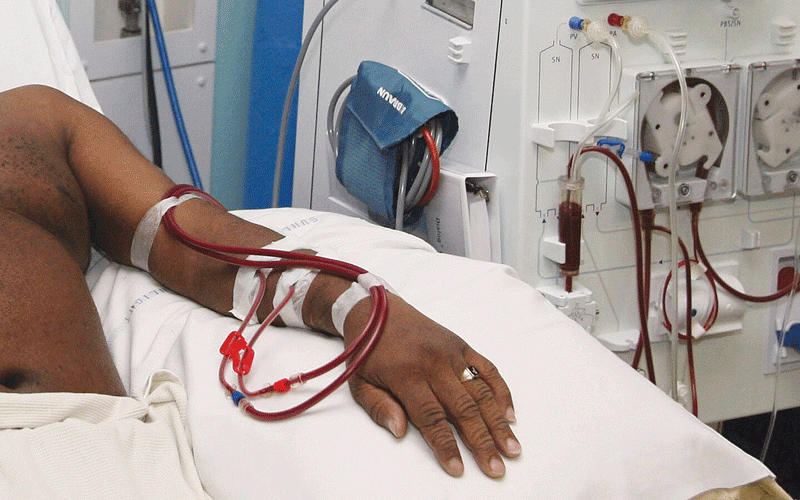
Men with physically taxing jobs that require them to regularly lift heavy objects have higher sperm counts, a new study suggests.
The study, conducted by researchers from Harvard TH Chan School of Public Health and Mass General Brigham at Harvard-affiliated Brigham and Women’s Hospital, and published in the journal Human Reproduction, was conducted as part of larger research into the impact environmental and lifestyle factors have on fertility.
In an effort to test whether occupational factors are associated with testicular function, the study focused on 377 male partners in couples seeking treatment at a fertility centre, who were also enrolled in the larger Environment and Reproductive Health (EARTH) study.
The men were tasked with sharing self-reported information about their typical work days, and whether they were physically exerting themselves and lifting or moving heavy objects.
“Men who reported often lifting or moving heavy objects at work had 46 per cent higher sperm concentrations and 44 per cent higher total counts compared with men who reported never lifting or moving heavy objects at work,” according to the findings.
Additionally, researchers found “similar results” in men working in “rotating shifts compared to those in day shifts,” as well as “for men involved in heavy levels of physical exertion compared to those with light levels at work”.
The study also found that the men who were involved in heavy or moderate levels of physical exertion at work had “higher circulating testosterone concentrations compared to those with lighter exertion,” as well as “higher oestradiol concentrations,” the female hormone.
Men who worked night shifts or rotating shifts had 24 per cent higher testosterone and 45 per cent higher oestrogen concentrations than men who only worked day shifts, researchers found.
- Health talk: Menopause can cause misery in women
- Drinking Coke and Pepsi leads to larger testicles, more testosterone: study
- Men who lift heavy objects at work have higher sperm counts, study suggests
- Social media star Hasbulla apologises after 'he is arrested for driving offences when his friends performed car stunts in the road in Russia'
Keep Reading
“Contrary to what some people remember from biology class, ‘male’ and ‘female’ hormones are found in both sexes, but in different amounts. In this case, we hypothesise that excess testosterone is being converted into oestrogen, which is a known way for the body to keep normal levels of both hormones,” study author Lidia Mínguez-Alarcón, a reproductive epidemiologist and co-investigator of the EARTH study, told Harvard University.
The study authors acknowledged that the study contradicts previous research, which reported that “work-related heavy exertion was related to lower sperm concentration and total sperm count, and shift work was not associated with semen quality”.
The authors of the new study say the major difference in the two studies is that the men in the previous study had “higher median sperm concentrations and total sperm counts,” and were younger and heavier than the men in the new study.











